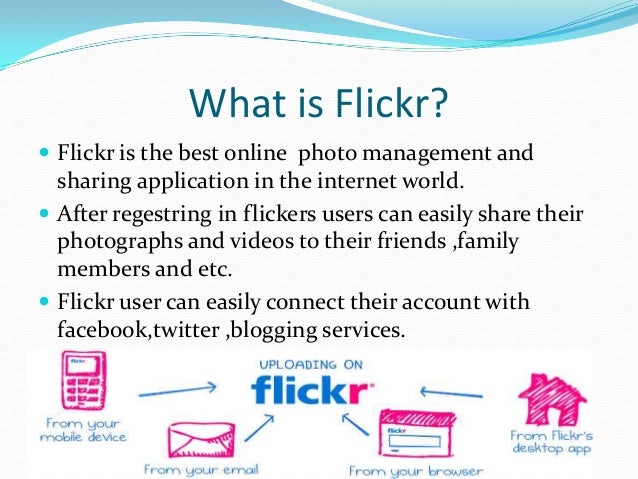
and correct me if I'm wrong, but I think HDMI port 2 may be a "special" port as it has some extra labelling next to it, but I can't get my big head round the back of the tv.įinally, I verified it was indeed running all the above by bashing the green button on the remote to pull up the video info. Up until this point I was still getting the flicker, so I'm not sure if it was the port change that did the trick or a combination of everything above. The last setting I changed which seemed to do the trick was to switch the port from HDMI 1 to HDMI 2. I imagine this was needed for changes to take full effect as with most tech.

In the latter half of my experimentation I decided to restart the xbox in conjunction with the tv, as I noticed this gave more consistent results. is it worth it?), but from my experience switching settings on and off gave very inconsistent results, so as soon as I reached flicker free content I tended not to deviate too far with setting changes. I could've and may play around further (to see if I can get the In game response option to work. I switched back and forth between PC and Game mode and settled on Game mode as this presented less issues at a more consistent rate. After some reading around and a great deal of trial and error I've managed to reach a flicker free setting with 4k 120Hz VRR 10bit and with HDMI deep colour on. Meanwhile, if you have content that you think might flash more than three times per second, assume it does and take steps to eliminate all doubt.I recently setup my XSX with my LG 55CX and experienced the flicker issue when trying to use VRR with 4k 120Hz on COD Cold War.

Promisingly, their website also says “We are working on a new fully-open-source version that will be updated for new technologies (the current version is open-source except for a proprietary analysis engine we purchased the rights to use). The Trace Center acknowledges on their website that PEAT is “old in the tooth”, and has not been actively maintained as new video formats have emerged.

The Trace Center at the University of Maryland has developed a Photosensitive Epilepsy Analysis Tool (PEAT) for measuring whether websites, software applications, or videos are likely to cause seizures. Success Criterion 2.3.2 (Level AAA) is more strict, and forbids flashing at all. The W3C Web Content Accessibility Guidelines 2.1 have two success criteria related to this issue: Success Criterion 2.3.1 (Level A) allows flashing if it’s dim and confined to a small area, and provides a precise formula for measuring compliance. A general rule is if content flashes more than three times per second, it’s potentially dangerous and should be avoided. The best technique for addressing this issue is to avoid using content that flashes or flickers. For an overview of this issue, see Flashing and flickering content in our IT Accessibility Checklist.


 0 kommentar(er)
0 kommentar(er)
